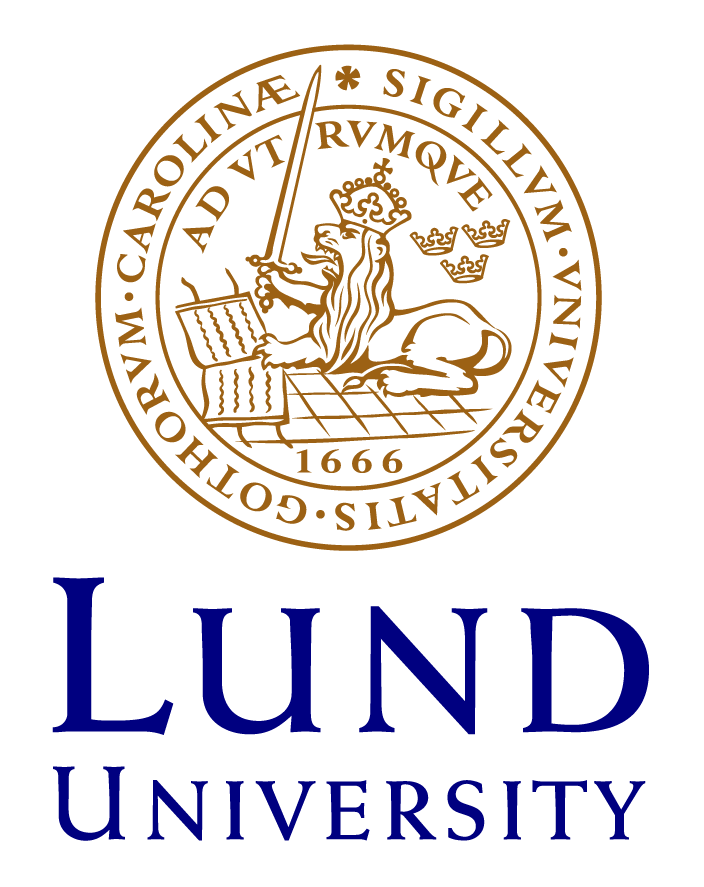About the partners of PH-CODING
PH-CODING merges expertise from academy and industry with solid background in nanoscale electronics, neuroscience, psychophysics, control theory and artificial intelligent systems. The competences of the partners are both necessary and sufficient for addressing the ambitious targets of the project. There is knowledge of skin biomechanics, neuronal physiology, systems level neurophysiology, models of integrated neural circuitry functionality, brain-inspired sensorimotor control theory, robotic systems, bendable electronics engineering and materials science.

The Neural Basis of Sensorimotor Control lab has leading competence in Systems Neurophysiology, and has specialised in brain systems for sensorimotor control, in particular in the structure and function of neural microcircuitry in vivo. The lab is well-known for its world-leading expertise for in vivo whole cell patch clamp recordings from all structures of the central nervous system, and has the equipment and competence for the modelling of neuronal circuitry in sensorimotor control.
PI for Lund University is Prof. Henrik Jörntell

The Human Robotics Group at the Department of Bioengineering Department is affiliated with the Centre of Neurotechnology and Imperial’s Robotic Forum. It uses an integrative approach of neuroscience and robotics to investigate human sensorimotor control, and to design efficient assistive devices and training systems for neuro-rehabilitation, which are tested in clinical trials.
PI for Imperial Collage London is Prof. Etienne Burdet

The research will be conducted by the Bendable Electronics and Sensing Technologies (BEST) group, led by prof. Ravinder Dahiya, which is known worldwide for its excellent research on flexible electronics, electronic skin, robotic skin, ultra-thin chips and integration of electronic systems on soft substrates. The BEST group has developed novel method for integration of ultra-thin chips, printed nanowires-based devices and graphene-based devices on large area flexible substrates. The BEST group has full access to state of the art micro/nanofabrication tools needed in this project. The James Watt Nanofabrication Centre (JWNC), which is a resource of UoG that is available to the BEST group, has dedicated team of technical staff who will support the fabrication of various sensors and integration on flexible substrates. The electrical characterization will be carried out at state-of-the art equipment available with Electronics Systems Design Centre (ESDC) in the School of Engineering at UoG.
PI for University of Glasgow is Prof. Ravinder Dahiya

Actronika is world leading in the novel hapic technologies for tactile and haptic devices, which have led to applications ranging from industrial products to dedicated devices for neuroscience.
PI for Actronika is Prof. Vincent Hayward
